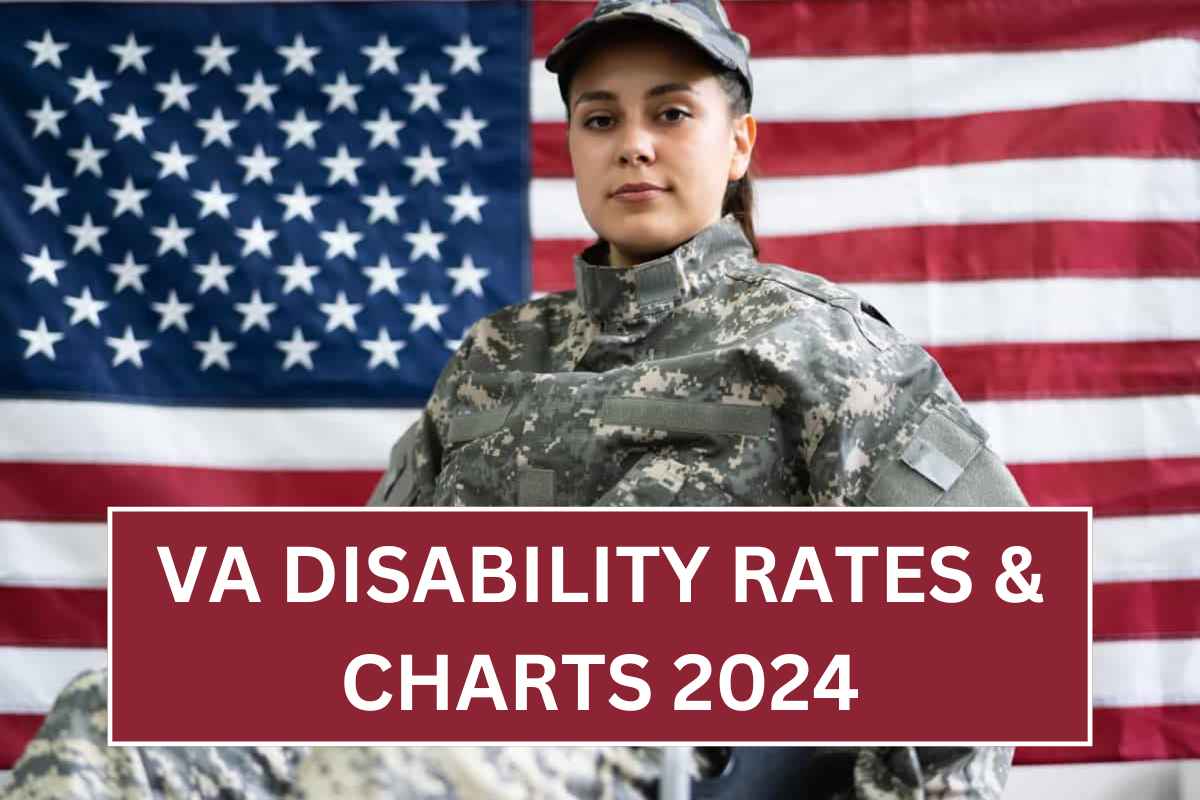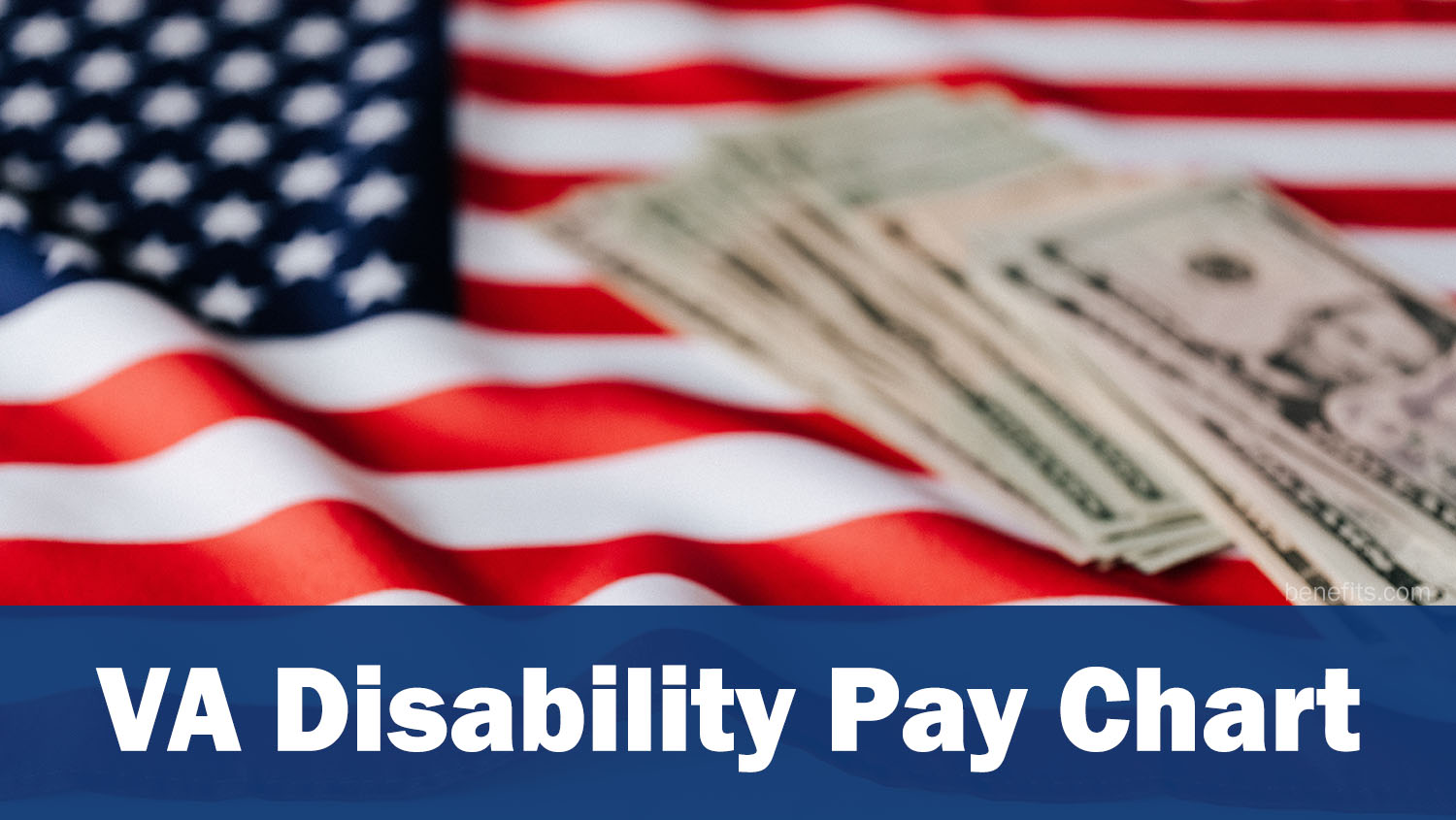VA Disability Pay Chart 2024: Veterans Disability Compensation Rates
The VA Disability Compensation program provides tax-free financial support to veterans with service-related disabilities, acknowledging their sacrifices and helping them manage the challenges associated with their conditions. Established after World War I, the program continues to improve, with the 2024 VA Disability Pay Chart reflecting updates, including a cost-of-living adjustment (COLA) to offset inflation. Veterans’ disability ratings, measured in increments from 10% to 100%, determine compensation amounts, with more severe disabilities resulting in higher monthly payments. This compensation considers dependents, such as spouses, children, and dependent parents, providing essential support for veterans and their families.

November 2024 VA Disability Rates
Rates vary by disability rating and dependent status, and the November 2024 VA Disability Pay Chart provides current figures for each category:
- 10% and 20% Ratings: Veterans with 10% or 20% ratings receive a flat monthly amount, regardless of dependents:
- 10% Rating: $171.23 per month
- 20% Rating: $338.49 per month
These payments offset the costs associated with minor service-related disabilities.
- 30% to 60% Ratings: Compensation for veterans with ratings of 30% or higher includes additional allowances for dependents. For example, a veteran with a 30% rating and no children receives $524.31, while one with a spouse receives $586.31.
- 70% to 100% Ratings: For more severe disabilities, the rates are higher, providing essential financial support. A veteran with a 100% rating receives $3,737.85, while one with a spouse receives $3,946.25.
Additional Support for Dependents
Veterans with dependents may qualify for additional allowances to ease financial strain, especially when ongoing care is needed. These allowances include:
- $103.55 for each additional child under 18
- $334.49 for each additional child over 18 in school
- $191.14 for a spouse requiring Aid and Attendance
These supplements help families manage the added costs of dependents, enhancing the support structure for veterans.
Eligibility Requirements for VA Disability Compensation
To qualify for VA Disability Compensation, veterans must meet specific eligibility criteria:
- Service-Connected Disability: The condition must be related to or worsened by active military service.
- Honorable Discharge: Veterans must have been discharged under conditions other than dishonorable.
- Evidence of Disability: Veterans are required to submit medical documentation proving the disability and its connection to their service.
Apply for VA Disability Compensation
The VA application process for disability compensation can seem complex, but it is manageable by following these steps:
- Collect Required Documents: Gather service and medical records to prove the disability is service-related.
- Fill Out the Application: Submit VA Form 21-526EZ through eBenefits, by mail, or in person at a VA location.
- Attend a VA Medical Exam: Most applicants undergo an exam to evaluate the severity of the disability.
- Receive a Decision: After reviewing all evidence, the VA assigns a disability rating, although this process may take several months.
If a claim is denied, veterans can file an appeal through the VA’s Appeals Modernization Program.

Appeals Process for Denied Claims
For veterans whose claims are denied or who disagree with their rating, an appeals process is available:
- File a Notice of Disagreement: This formal notice indicates disagreement with the VA’s decision.
- Select Review Options: Choose among supplemental claim, higher-level review, or board appeal options.
- Prepare Additional Evidence: Submit any new documentation that may support your appeal.
Veterans can find more information on appeals at the VA’s decision reviews.


Comments are closed, but trackbacks and pingbacks are open.